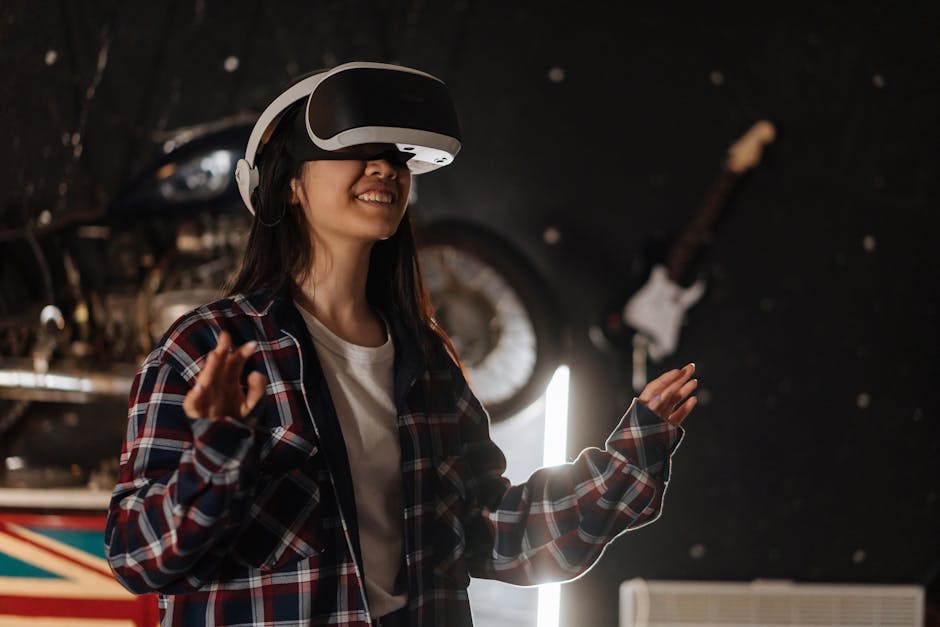
Virtual Classrooms - The Future of Education
Virtual Classrooms - The Future of Education
In recent years, virtual classrooms have gained immense popularity and have become a major driving force in shaping the future of education. With the advancements in technology, traditional classrooms are rapidly transforming into dynamic online learning environments.
Virtual classrooms provide a range of benefits that enhance the learning experience for both students and educators. One of the key advantages is their flexibility. Students can access course materials and participate in discussions from anywhere, at any time. This eliminates the constraints of physical attendance and allows individuals to learn at their own pace.
Another remarkable feature of virtual classrooms is the ability to bring together students from diverse backgrounds and geographical locations. Through virtual interactions, students can gain exposure to different cultures and perspectives, fostering a more inclusive and global learning environment.
Furthermore, the integration of multimedia elements in virtual classrooms makes learning more engaging and interactive. Teachers can utilize various tools such as videos, simulations, and online quizzes to create immersive learning experiences.
Virtual classrooms also enable real-time collaboration and instant feedback. Students can actively participate in group projects, discussions, and receive personalized guidance from their instructors. This enhances the overall involvement and promotes a sense of community and teamwork.
As with any technological advancement, there are challenges associated with implementing virtual classrooms. These include the need for reliable internet access, ensuring equal opportunities for all students, and adapting teaching strategies to the online environment. However, the benefits far outweigh the drawbacks, and with continued advancements in technology, these challenges can be overcome.
In conclusion, virtual classrooms have the potential to revolutionize modern education. They offer flexibility, inclusivity, interactive learning experiences, and real-time collaboration. Embracing virtual classrooms can open doors to a transformed educational landscape that caters to the diverse needs of students worldwide.
